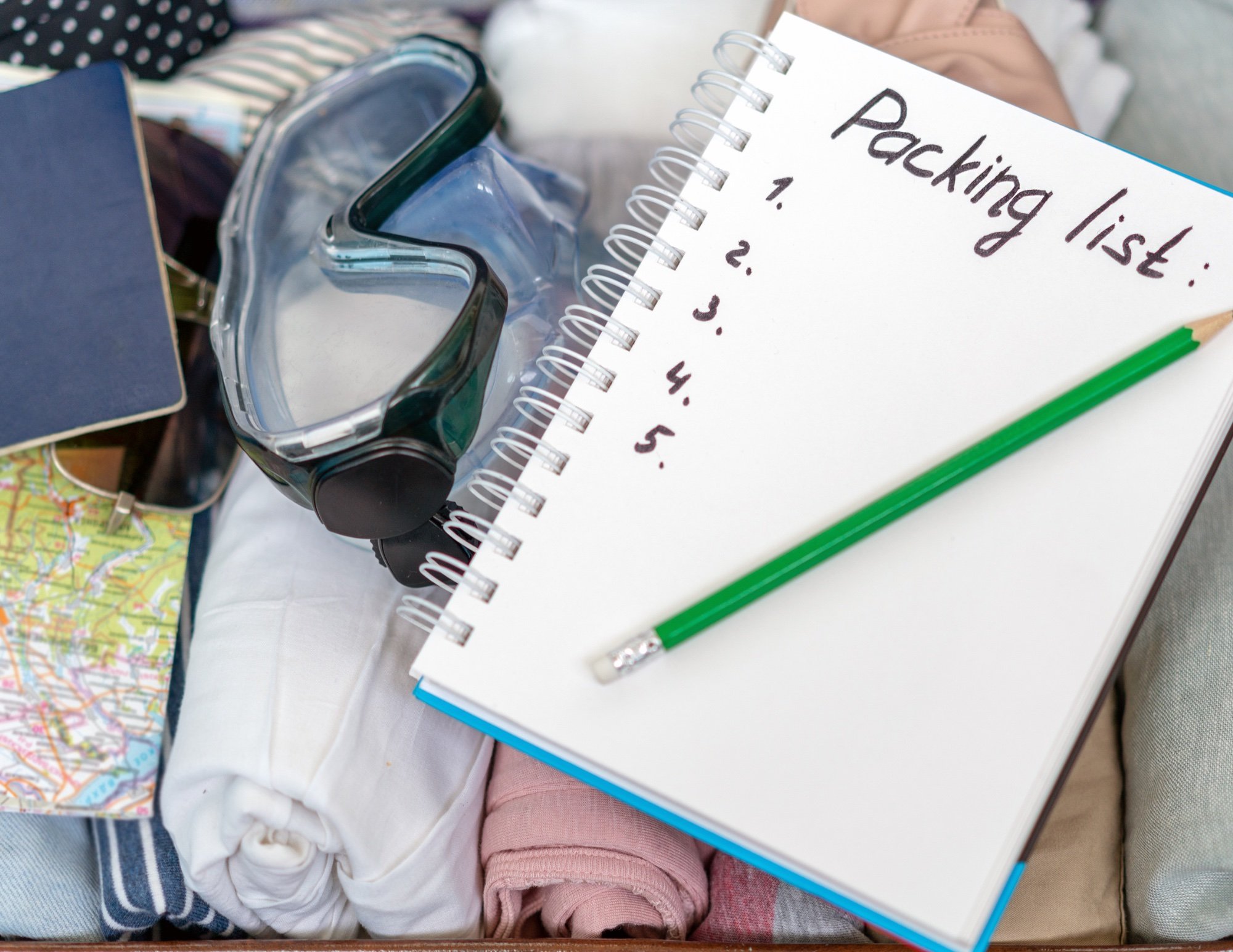During the months of August through May students’ days are filled with a combination of school and non-school related activities from homework and projects to sports, chores/errands, play dates, extracurricular activities, and hobbies. Many days are filled with tightly wound schedules with little room for downtime — even on the weekends. During the summer months, schedules can easily be filled with things to do and places to be all day long. Regularly scheduled downtime can easily get overlooked or pushed to the bottom of a priority list. While this is true, it is important that children are still given the opportunity to explore this uninterrupted time.
What is Downtime and Why Is It Important?
Lindsey Frey explains that “Downtime or quiet time is unstructured time, away from screens or other stimulating play, to allow kids to engage in independent activities” (Frey, 2023, para. 4). Kids of all ages might have difficulty finding activities that do not involve other people or electronic devices. However, this unstructured, quiet downtime allows individuals time to process new information and experiences, independently explore interests, and building executive functioning skills.
Incorporating Downtime into Your Schedule
Even if you are an expert in rest and relaxation yourself, your child might not have the tools to master downtime right away — and that is absolutely okay! Just like any new skill, your child may need guidance, practice, and modeling when they first start routine downtime. Here are three quick tips for implementing downtime into your child’s daily routine:
1. Set a timer and start in small increments! Make sure your child has time to explore their interests, but give them a set time to practice time management and organizational skills. You can start with a small amount of time and slowly build their stamina as your child is ready. Don’t forget to celebrate their wins! For older students, a set amount of time will allow them to plan how they would like to spend their downtime.
2. Create a choice board or lists! This gives your child the opportunity to make a choice and helps them understand the boundaries of downtime. It is a great way to help children with task initiation if they are unsure of how to start. Sometimes as children get older, it can get harder to manage schedules, assignments and tasks. Creating a list, or specifically a to-do list, can promote independence and college/career readiness.
3. Change the environment as needed! For the younger children, this could mean playing independently in different areas of the house or even outdoors. For older children, it may be reading, writing, etc. in a public setting such as a library, park, or coffee shop.
Starting a Routine This summer
Although summer break can easily be filled with camps, vacation, and special activities, family schedules are usually a little more relaxed than during the school year. Summer is a wonderful time to incorporate routine downtime so children master the concept before the upcoming school year. For younger children downtime could look like reading/listening to books, playing independent games inside or outside, mindfulness activities, playing with chalk, bubbles, or play-doh, watching the clouds, coloring, or drawing. For teenagers it could look like reading, journaling, mindfulness/yoga, nature walks/hikes, puzzles, rest/sleeping in, creating and following routines, adult coloring books, and even listening to podcasts/books.
A healthy combination of playtime, downtime, and family time, or PDF, will have a lasting impact on your child! One of the best things you can do for your child during downtime this summer is to model and set an example for them. Who knows, you may even discover a hidden talent or hobby yourself!
References:
Frey, Lyndsey. “Busy Schedule? The Benefits of Daily Downtime for Kids May Surprise You.” Inside Children’s Blog, 19 Mar. 2023, www.akronchildrens.org/inside/2023/04/03/busy-schedule-the-benefits-of-daily-downtime-for-kids-may-surprise-you.
Written by Ami Z.




















